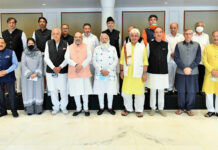by Roshiba Munir Khan
After the accession of 529 princely states to India post-Independence, it wasn’t just the area but also the diversified heritage of those 529 princely states that acceeded to India. With this India came among the richest from being already rich in heritage but during India’s struggle for freedom many of the heritage sites were jeopardized due to mayhem and many of India’s Art was plundered.
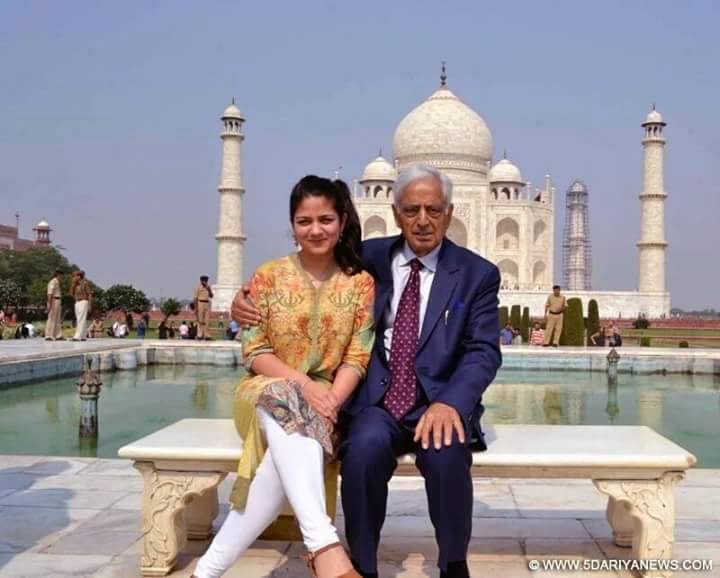
“How long shall anxious ages roll away,
Unblest with promise of approaching day,
Ere India’s giant genius strongly wake”
Ralph Waldo Emerson, the first American poet of 19th century wrote to champion the wisdom of ancient India. This quote reflects concern for India’s fate and the fading epitome’s of departed eras of genius ancient India.
India, being among few countries in world to showcase highest concentration of inheritance hence preservation and revitalization of heritage is need of the hour. This route on crossroads of development needs a strong pledge to secure the future of our legacy making India one of the Nations to overcome identity crises in times of cultural globalization. While India has twenty five Cultural World Heritage Sites selected by UNESCO, irrespective of gardening heritage glory in our various cities, we still struggle for international recognition of various other sites that are equally deserving.
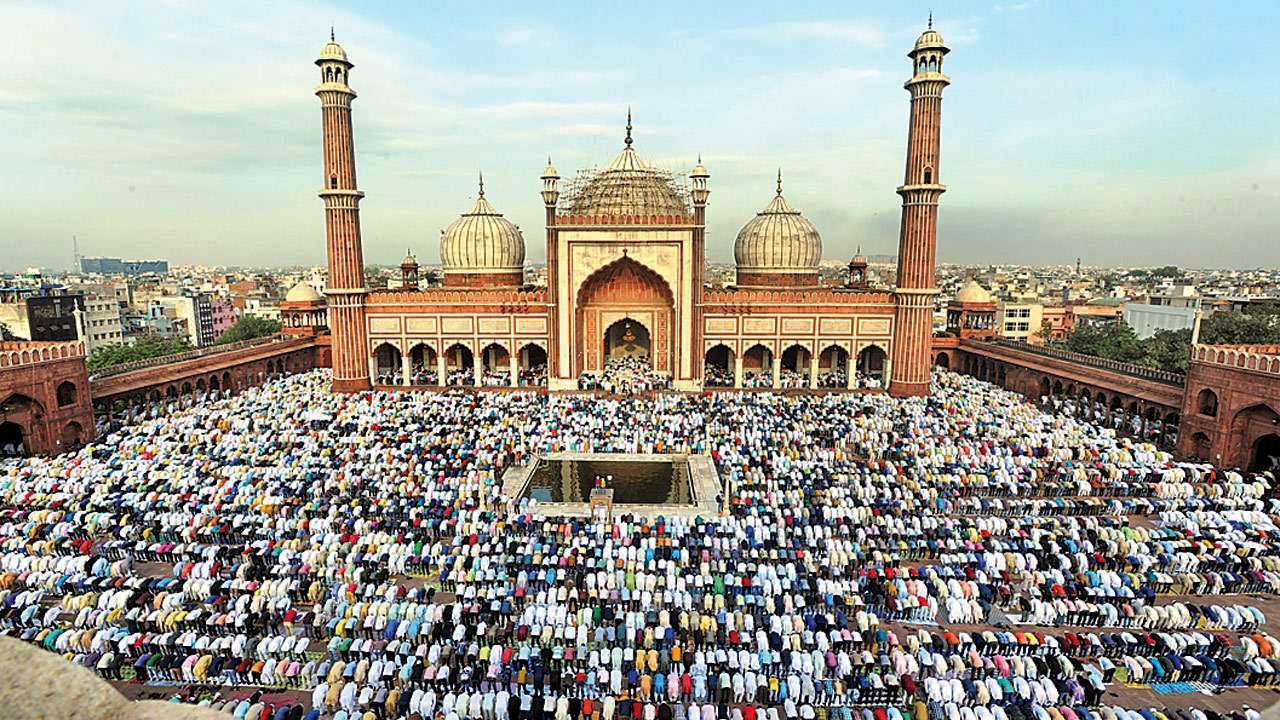
In the budget announcement of 2015, Ministry of Finance pledged for development of heritage sites namely: Churches and Convents of Old Goa; Hampi, Karnataka; Elephanta Caves, Mumbai; Kumbalgarh and other hill forts of Rajasthan; Rani kiVav, Gujarat; Leh Palace, Ladakh, J&K; Varanasi Temple town, UP; Jalianwala Bagh, Amritsar, Punjab; Qutub Shahi Tombs, Hyderabad, Telangana. Attention is the utmost need of hour for preserving various Heritage sites losing its charm and glory to the fate given to them by various Governments since independence. ‘The facilities are still deficient and require attention’ as stated by country’s Finance Minister Arun Jaitley. He proposed to provide resources for undertaking works like restoration including landscape; setting up of interpretation centres; provision of parking; creating barrier free access; developing visitor amenities; installation of signage; security provisions; proper illumination of sites and working out plans for benefits of surrounding communities of the said sites.
Diversified Cultural Legacy
India as one of the nations in the world with diversified cultural legacy has a great potential to exhibit range of conventions and customs followed over millennia, as part of inheritance from rulers hailing from different milieus of the world. India has been able to idolatrise a blessing in disguise time and again. As it was ruled by different rulers from time to time ranging from Hindu and Buddhist reigns of Ancient India to Sultanate period of Medieval India followed by a long lasted British Raj of Modern India, all well known eras most of which left India with heritage to cherish. The diversity was increased by the colonization of Portuguese, French and Romans in port cities like Bombay, Calcutta and Madras.
Leh Palace, Ladakh
Panning through Indian sub-continent from North Jammu and Kashmir, termed as the coronet has witnessed Buddhist, Dogra, Hindu and Muslim rulers leaving a fortune behind. Leh Palace has been picked among such fortune in North. The nine storey Palace is also known as Royal Palace and dates back to seventeenth century (1612-1642) built by King Sengge Namgyal. The majestic palace is situated amidst the locales of Himalayas overlooking dusty Namgyal hill, such an imposing heritage in between the titanic Himalayan range is hard to fathom anywhere else in the world. It has sustained most brutal wars and yet exhibits the charm and glory of its journey through time. Today the Palace remains desolated with most of the parts in ruinous state asking for much awaited justice to its fate, planned by government during budget announcement.
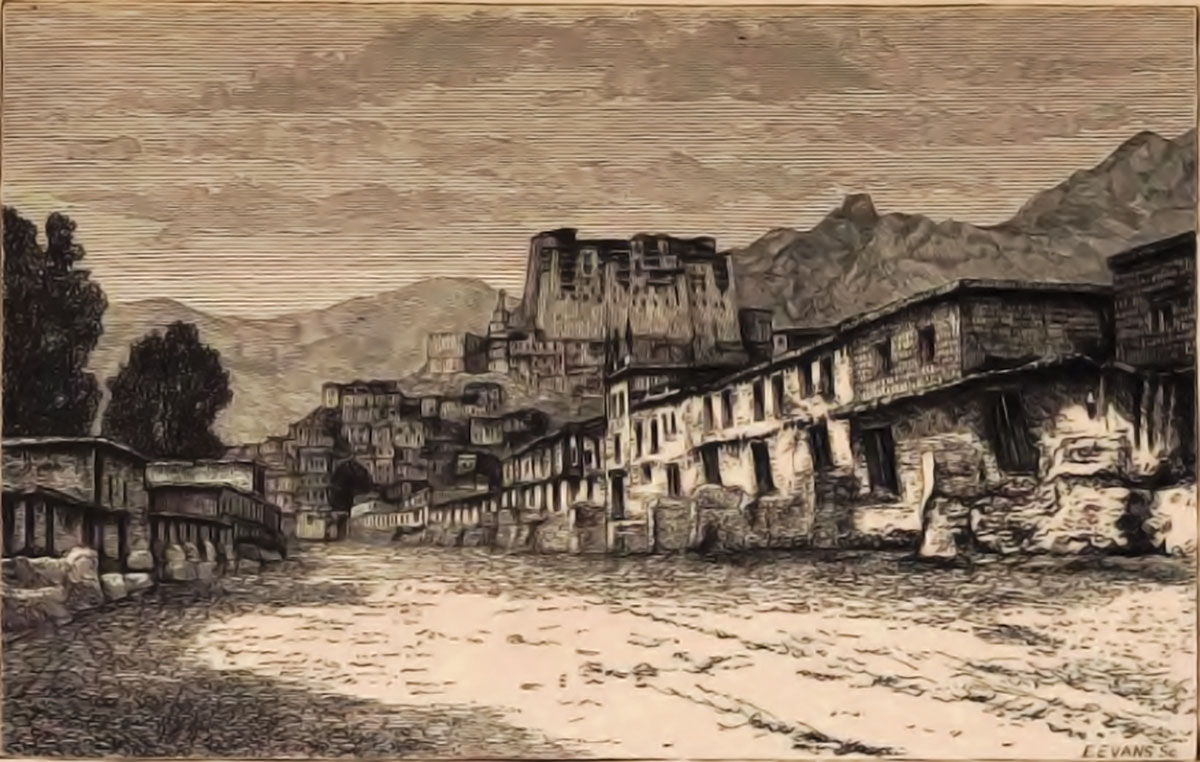
Jhaliawalah Bagh, Amritsar
Coming down in the aisles of Northern zone Amritsar city of Punjab houses the alas Jhaliawlah Bagh, the April 13, 1919 massacre site of Sikhs tarnished and tormented by the then Brigadier of British India –General Reginald Dyeron the eve of Basakhi. The 20th century site which witnessed the most brutal genocide of the century became a nationally acknowledged place of pilgrimage perpetuating the memory of martyrs. The site has under gone interventions and the historic character has been lost completely. In order to revive the historicity of the place and make it one of the well maintained heritage sites, it has been taken under consideration for development.
Temple Town of Varanasi, UP
In the middle of Ganges valley of North India, Varansai also known as ‘Banaras’ or ‘Kashi’ fosters a patchwork of 23000 temples making it the religious capital of India. Varanasi, situated in the state of Uttar Pradesh is said to be the favourite city of Lord Shiva as mentioned in the Hindu religious script Rigveda. Varanasi, a holy city with an unprecedented oldest Hindu heritage sites also garlands the beautiful mosques built in Mughal era and pilgrimage sites of Jains and Buddhists. Therefore, it’s not erring to say Uttar Pradesh is not just about nesting Taj Mahal. A city with so much to preserve needs immense attention than what it has been offered till now due to increasing traditional decay and destruction of built heritage caused by social and economic changes. Ghats being the lifeline of Varanasi have been undergoing tremendous pressure adding to the polluted state of River Ganga in-turn posing a threat to usability of Ghats.
Hill Forts of Rajasthan
On the West side of Indian heritage map falls Rajasthan, which is the testimony of Art, Architecture and Culture of Rajputana Empire. The desert State is glorified with supreme hill forts displaying a unique psyche of Rajput’s known as the Brave hearts of India. The hill forts include Chittorgarh; Kumbhalgarh; Sawai Madhopur; Jhalawar; Jaipur, and Jaisalmer. Being the second largest in the world the Kumbhalgarh fort is built on 1100 metres high hilltop and extends up to 36 kilometres with seven gates to the fort. It comprises of 360 temples within the fort and the palace that provides a view of Aravali Range and sand dunes of Thar desert from the fort wall. The forts are vulnerable to lose authenticity due to urban pressures as some of them have been encroached and enlargement of residential communities within premises is causing instability besides unregulated constructions.
Rani ki Vav, Gujarat
In the neighbouring state of Rajasthan, Gujarat an equally rich state in heritage houses one of the largest and the most opulent structures of architectural significance, Rani kiVav (Queen of step-well). Also recently added to the list of UNESCO’s world heritage sites in 2014. It is assumed to be built in the memory of Bhimdev I (AD 1022 to 1063) after his death, the son of Mularaja, the founder of the Solanki dynasty of Anahilwada Patan about 1050 AD by his widowed queen Udayamati and probably completed by Udayamati and Karandev I. The step well measures approximately 64m long, 20m wide and 27m deep with minute and exquisite carving being one of the finest specimens among all step wells in South Asia. Most of it is in ruins and not much of it is visible due to silt deposition. This subterranean structure needs attention being one of its kind from 11th century.
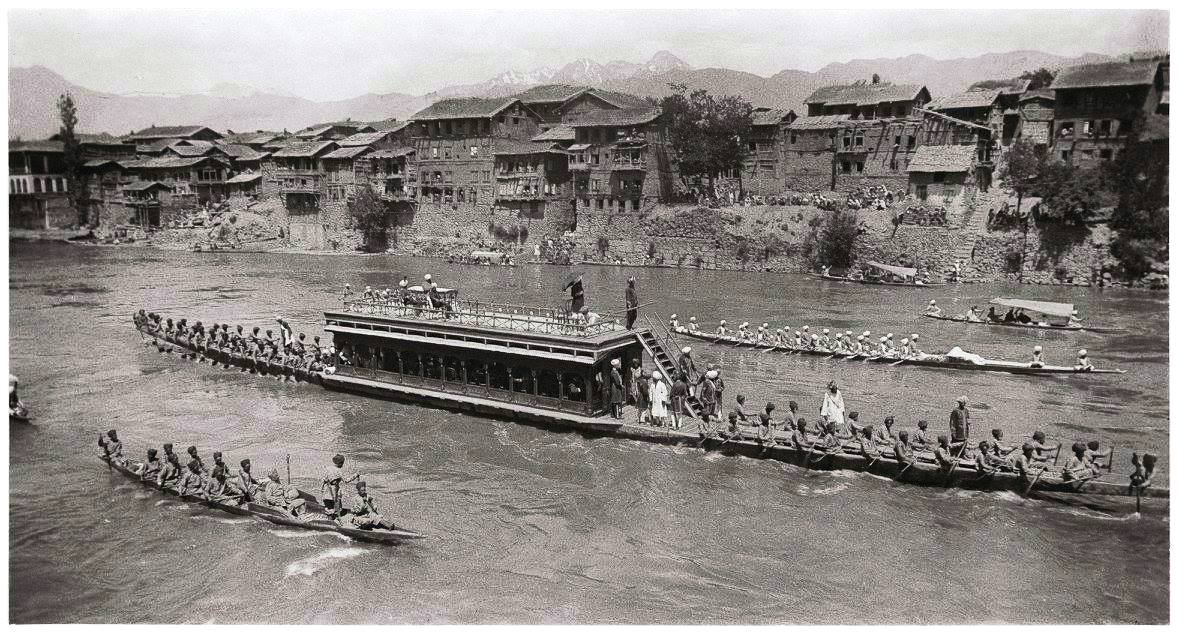
Elephanta Caves, Maharasthra
To the extreme western coast of India houses Elephanta Island in Maharashtra also known as the city of sculpted caves. The caves are an example of rock cut architecture from solid basalt rock, dating between fifth and eighth centuries. The caves can be classified in two types, Hindu caves and Buddhist caves. The Place was highly admired by Portuguese explorers and tourists. The current condition displays scratched interiors, decaying surfaces, bat droppings, loitering of waste by visitors etc making this World Heritage Site deficient for its status.
Churches & Convents of Goa
Goa, once a Portuguese colony has numerous churches and convents which form a part of India’s diversified heritage. Most of the Churches namely St. Catherine, St. Cajetan, Our Lady of Rosary and St. Augustine display common yet unusual art in India with wall paintings and wood carvings.
Qutub Shahi Complex, Hyderabad
If the Northern side of India is rich in heritage, southern side is not an inch less. Hyderabad the city of Nizams, display Hindu, Persian, and Pathan forms–Indo-Persian architecture. Apart from the famous Golkonda Fort you can find various tombs of Qutub Shahi rulers made of carved stones. The tomb complex displays the royal exhibition of the architectural traditions followed by the Qutub Shahis. The sixteenth century tombs have faced interventions in terms of white wash with twentieth century cement layers damaging the historic character of the complex and the site also lacks in tourist infrastructure making it liable for attention.
Hampi, Karnataka
Also in Southern part of India, the most searched tourist spot Hampi located in northern Karnataka, once the capital of Vijayanagar Empire famous for its seven liner fortification. The site is historically and architecturally significant because of Virupaksha Temple and other monuments belonging to the old city. Vijayanagar has experienced encroachments in and around over the years causing damage to authenticity of monuments that needs to be dealt with, being a World Heritage Site.

After the accession of 529 princely states to India post-Independence, it wasn’t just the area but also the diversified heritage of those 529 princely states that acceeded to India. With this India came among the richest from being already rich in heritage but during India’s struggle for freedom many of the heritage sites were jeopardized due to mayhem and many of India’s Art was plundered. As depicted in recent Hollywood flick The Monuments Men were in Frank Stokes asks “Who would make sure that the statue of David is still standing or the Mona Lisa is still smiling? Who will protect her?” is easily relatable to the state of Indian Heritage. After independence it was the will of various governments to cherish the specimens of time but due to the passive attitude we have not been able to deliver complete justice. 2015 budget has laid focus on Heritage development kick starting with upgradation of nine Heritage site giving India a ray of hope.
(The author @Roshiba3 is an architect and an heritage analyst. She has worked as an Architect with AH Division of INTACH (HQ Delhi) and currently associated with Space Builders, Srinagar. The opinions expressed in this article are those of the author’s and do not purport to reflect the opinions or views of Kashmir Life.)


